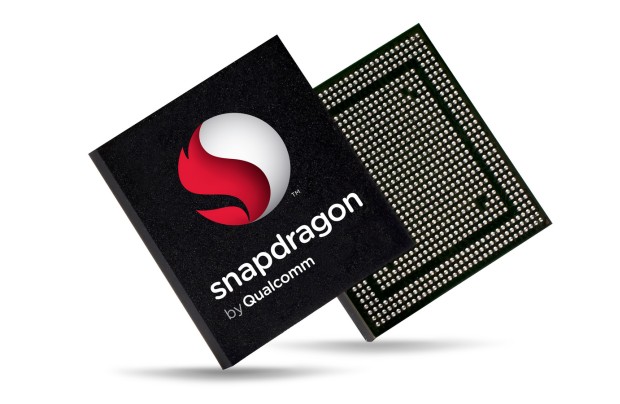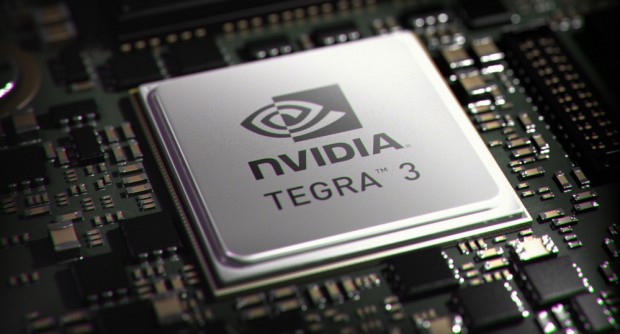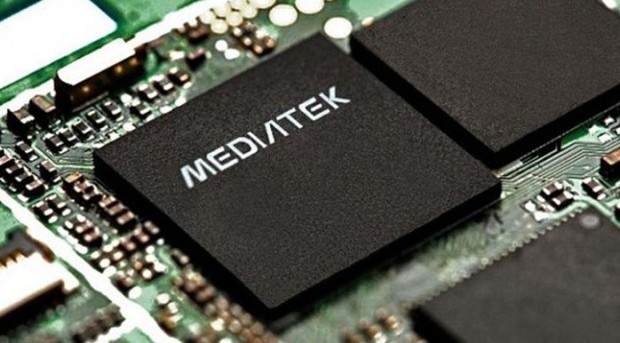-
Chandrakant 'CK' Isi
14th Jun 2014
Reviewers these days prefer running benchmarks rather than testing the phone's real world performance. In effect, the consumers have started giving specifications and numbers too much importance. It has come to a point that the multi-core processors get priority over the build, aesthetics, usability, and even network reception. Using this fad in their favour, smartphone manufacturers are promoting handsets with fancy tech terms such as quad, hexa, octa-core and whatnot. Let’s try to make sense of these technical terms.
ARM Architecture
ARM is a series of chipset architecture developed by a British tech company ARM Holdings plc. Chip-makers such as Qualcomm and MediaTek licence this tech to manufacture SoC (System On Chip). Almost all the processors that go into smartphones and tablets are based on ARM Architecture. Its most popular range of architecture falls under the Cortex brand. Here the CPU generation matters more than the number of cores. For instance, Cortex-A7 is relatively faster than the A5. Similarly, Cortex A9 will have an edge over the A7. This is why the Samsung GALAXY S III mini packing in a dual-core processor (Cortex-A9) outperforms the GALAXY Grand Quattro that boasts of a quad-core CPU (Cortex-A5).
Companies such as MediaTek, Qualcomm, and NVIDIA build their SoCs on the ARM architecture. However, not all of them are made equal. Here's what you should opt for.
Snapdragon
Snapdragon series of chipsets are developed by an American semiconductor company Qualcomm. All the Windows Phone and high-end Android devices are powered by the Snapdragon processors. These chips may not be the fastest in the market, but their performance is consistent. It's one of the reasons why Microsoft's Windows Phone platform guidelines requires manufacturers to use only Qualcomm's processors. So whenever you're split between two phones, choose the one that is powered by Qualcomm.
Notable Handsets: HTC One (M8), LG Optimus G3, Nokia Lumia 930.
TEGRA
TEGRA family of SoCs are produced by the gaming hardware specialist NVIDIA. These chipsets exclusively support particle system required to render rich atmospheric effects in many games including Riptide and Dead Trigger. So while the TEGRA devices are good at crunching pixels, you can't count on them when it comes to stability. Moreover, battery efficiency is another area of concern. So given a choice, I would prefer Snapdragon over TEGRA.
Notable Devices: HTC One X+, Google Nexus 7.
MediaTek
The Taiwanese company MediaTek enabled companies such as Micromax, Karbonn, and LAVA become key players in the Indian smartphone market. MediaTek competes with the likes of Qualcomm and NVIDIA using its most effective weapon, aggressive pricing. Any clock-speed Qualcomm boasts about, MediaTek will deliver that at half the price. However, these affordable chipsets are marred by inconsistent performance. So go for the MediaTek handsets, only when the Snapdragon and TEGRA are beyond your budget.
Notable Handsets: Micromax Canvas Turbo A250, Karbonn Titanium X.
Jargon Buster: Smartphone Processors | TechTree.com
Jargon Buster: Smartphone Processors
Everything you need to know about processor tech before buying a smartphone.
News Corner
- DRIFE Begins Operations in Namma Bengaluru
- Sevenaire launches ‘NEPTUNE’ – 24W Portable Speaker with RGB LED Lights
- Inbase launches ‘Urban Q1 Pro’ TWS Earbuds with Smart Touch control in India
- Airtel announces Rs 6000 cashback on purchase of smartphones from leading brands
- 78% of Indians are saving to spend during the festive season and 72% will splurge on gadgets & electronics
- 5 Tips For Buying A TV This Festive Season
- Facebook launches its largest creator education program in India
- 5 educational tech toys for young and aspiring engineers
- Mid-range smartphones emerge as customer favourites this festive season, reveals Amazon survey
- COLORFUL Launches Onebot M24A1 AIO PC for Professionals







TECHTREE